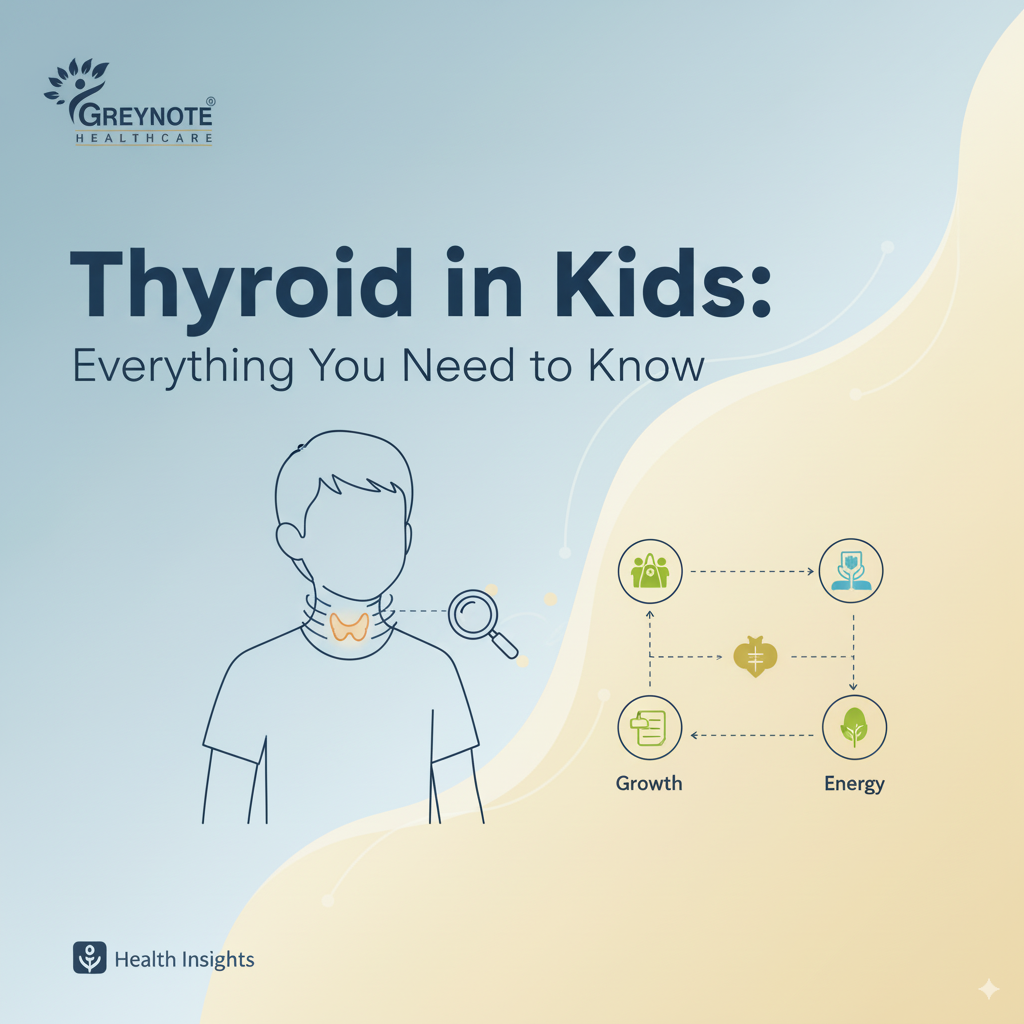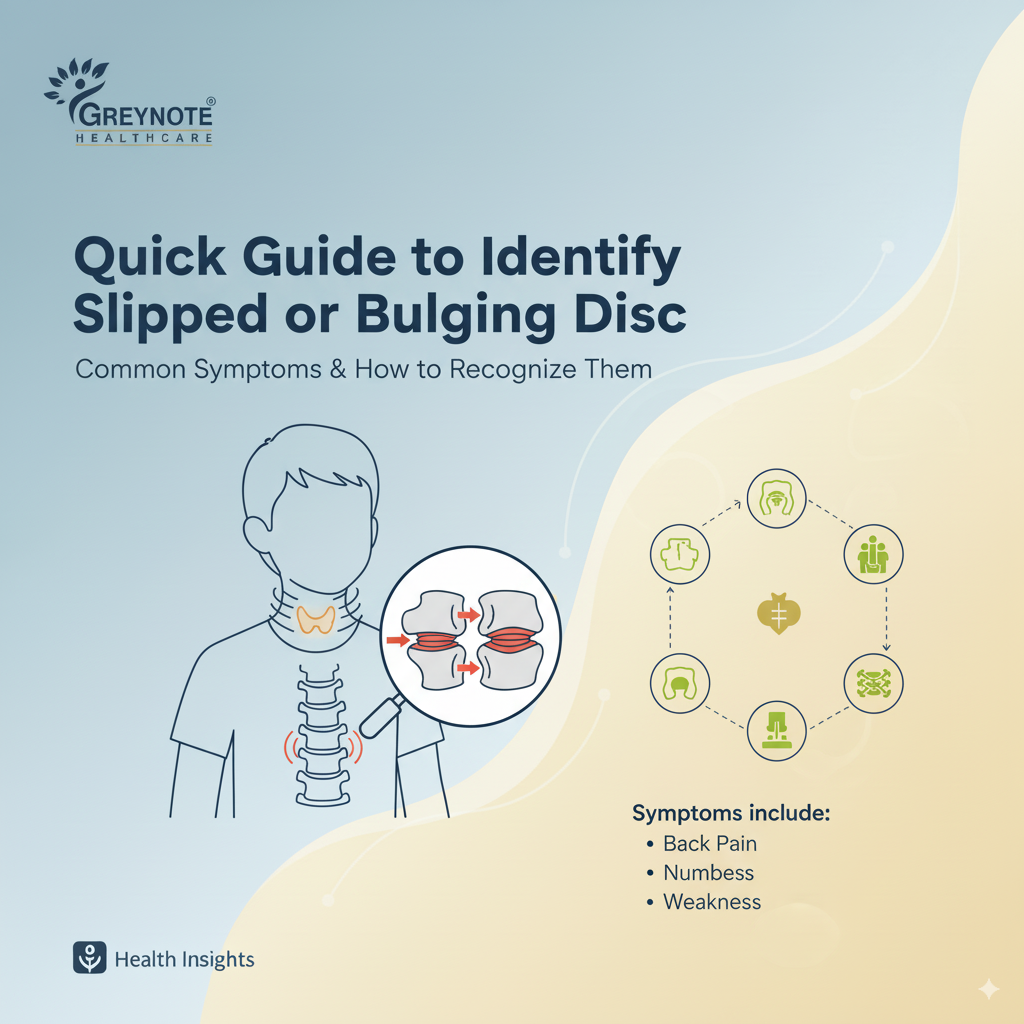What’s the Link between Lupus and Arthritis?
What’s the Link Between Lupus and Arthritis?
Greynote Health Care – Supporting Autoimmune Wellness with Trusted Products
Lupus and arthritis are two distinct conditions, but they often intersect in ways that affect millions of lives. If you or a loved one is navigating joint pain, fatigue, or autoimmune symptoms, understanding this connection is key to managing health effectively. At Greynote Health Care Private Limited, we offer supportive products designed to ease discomfort and promote joint wellness.
🧠 Understanding Lupus and Arthritis
- Lupus is a chronic autoimmune disease where the immune system mistakenly attacks healthy tissues, including joints, skin, kidneys, and other organs.
- Arthritis refers to inflammation of the joints. In lupus, this often manifests as lupus arthritis, which resembles rheumatoid arthritis (RA) but typically causes less joint erosion.
🔍 How Are Lupus and Arthritis Connected?
- About 95% of people with lupus experience joint pain or arthritis during their illness.
- Lupus-related arthritis is usually symmetric, affecting both sides of the body—especially the hands, wrists, knees, and feet.
- Unlike RA, lupus arthritis rarely causes permanent joint damage, but it can still lead to morning stiffness, swelling, and reduced mobility.
- A rare overlap condition called “rhupus” combines features of both lupus and RA.




 Quick Guide to Identify Slipped or Bulging Disc
Quick Guide to Identify Slipped or Bulging Disc What Is a Slipped or Bulging Disc?
What Is a Slipped or Bulging Disc? Key Symptoms to Watch For
Key Symptoms to Watch For Causes and Risk Factors
Causes and Risk Factors